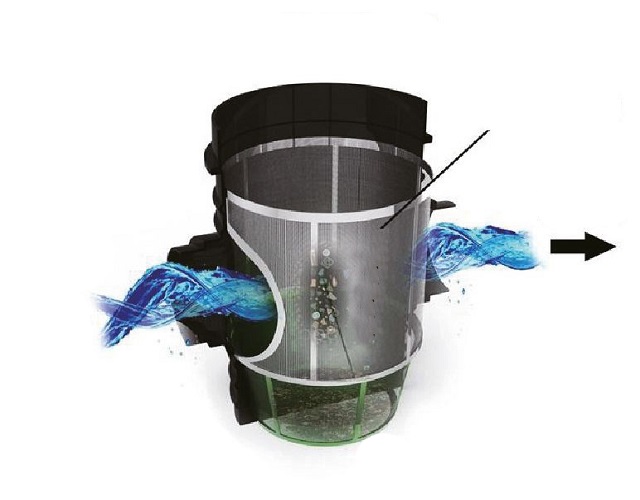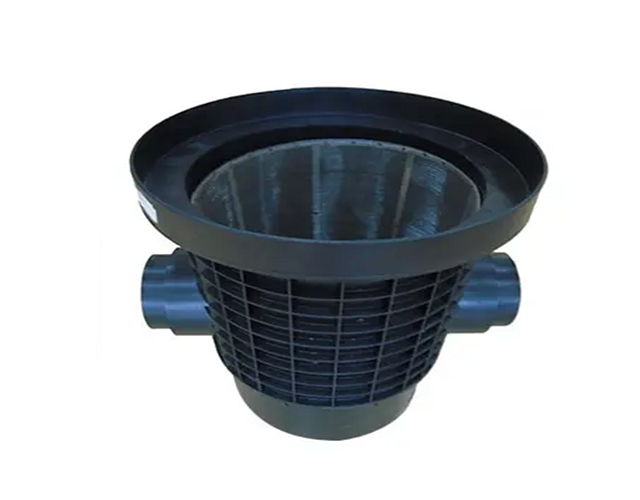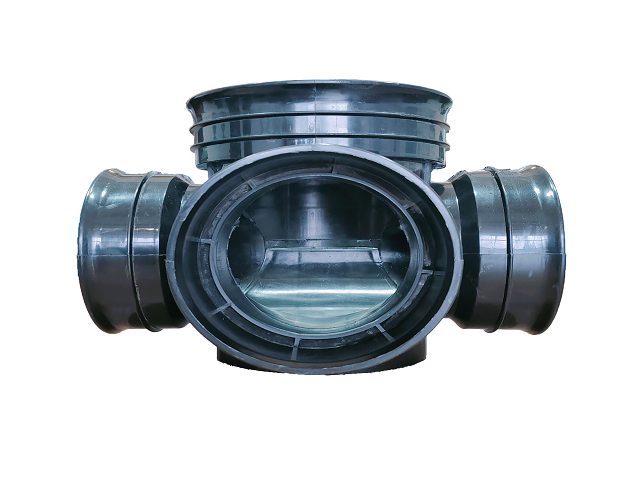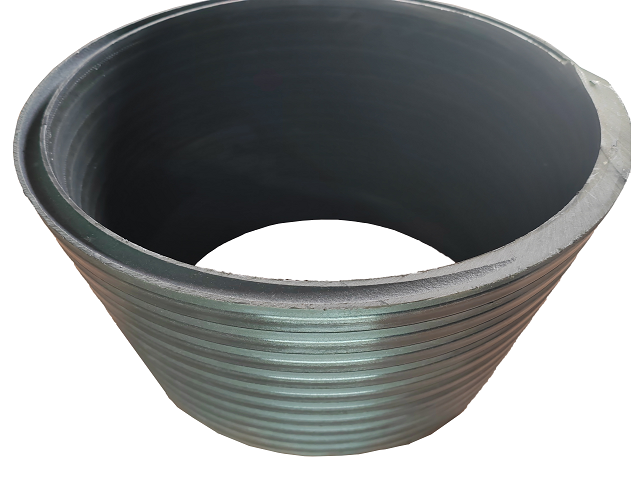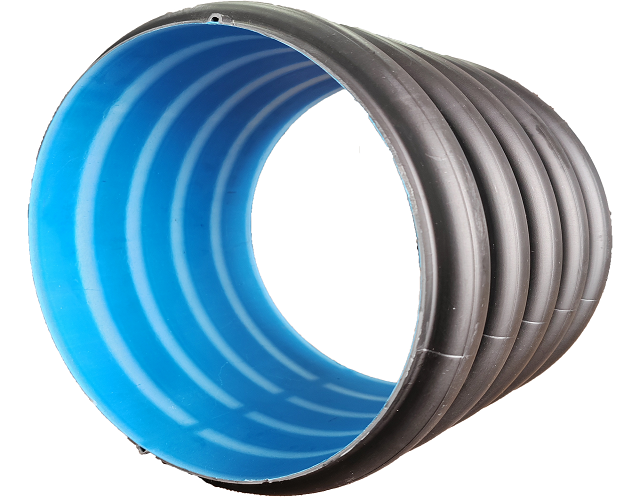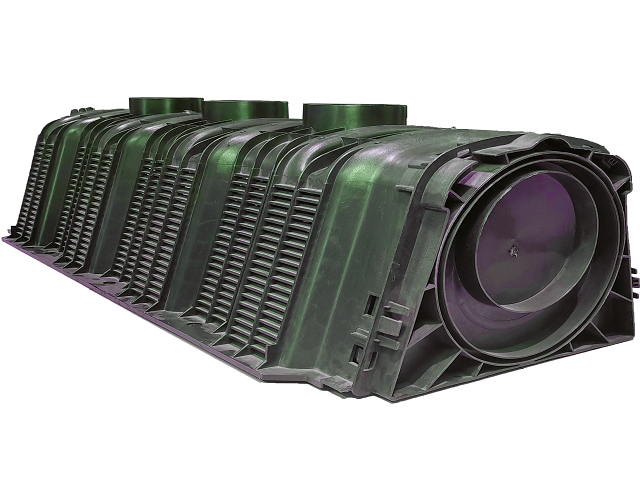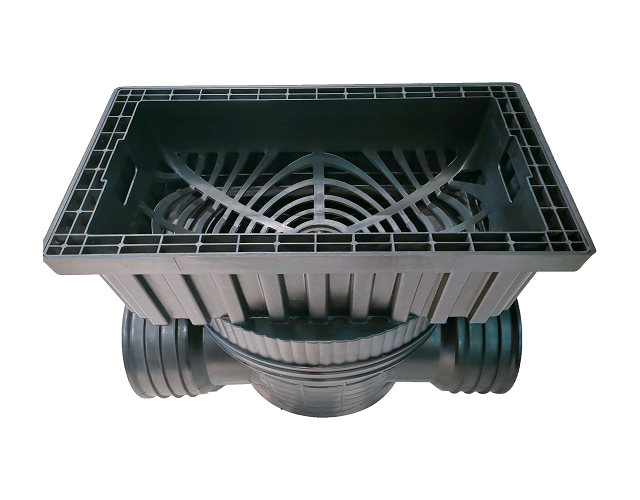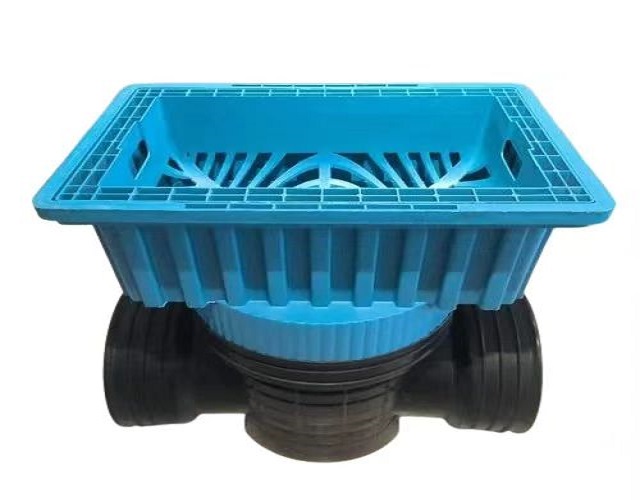
Multi-Layer Rainwater Filter for Municipal Road
Multi-stage stormwater filters, designed for municipal roads, protect city drainage systems from pollutants.
Email:
info@hn-guangqun.com
Phone:
+86-13838155309
Detailed Product Description
This rainwater filtration system is designed to improve water quality during rainwater collection and utilization, especially for rainwater collection points and drainage systems on both sides of community roads and municipal roads. Through innovative multi-layer filtration technology, the system is able to realize efficient purification in the early stage of rainwater collection, laying a solid foundation for the subsequent treatment process and significantly improving the overall purification efficiency and effectiveness.

Rainwater Filters Technical Data:
| Material | HDPE | Size(mm) | 620×420×710 |
| Load Capacity | 20KN/M² | Suspended sediment removal rate | 90%-95% |
| Structures | The rain perforated strainer、Arc interceptor frame、Receiver、filtration chamber、Filter cartridge、Rainwater Outlet Base | ||
Wide Range of Application Scenarios for Rainwater Filters:
1. Urban roads and squares
Drainage and purification: Urban roads and squares are the main areas of rainwater discharge, multi-layer filtering and anti-odor rainwater outlets can effectively collect rainwater and remove impurities and pollutants through a multi-layer filtration system to ensure the quality of discharged rainwater.
Preventing flooding: Under heavy rainfall, the multi-layer filtering and anti-odor rainwater inlets can maintain efficient drainage performance and prevent urban flooding.
Environmental protection benefits: By purifying rainwater, it reduces the pollution of natural water bodies, while the collected clean rainwater can be used for urban greening, cleaning, etc., realizing the reuse of water resources.
2. Building and neighborhood
Rainwater collection and utilization: Installing multi-layer filtering and anti-odor rainwater outlets in buildings and small districts can collect rainwater from roofs, floors and other areas, which can be used for irrigation, toilet flushing and other purposes after purification, saving water resources.
Beautify the environment: The design of rainwater outlets can be combined with the landscape of the district to enhance the overall aesthetics of the district.
Reduce Pollution: Prevent unfiltered rainwater from being discharged directly into sewers or the natural environment, reducing the spread of pollutants.
3. Parks and Green Spaces
Irrigation water: Parks and green spaces require a large amount of irrigation water, and the clean rainwater collected by the multi-layer filtered and odor-resistant rainwater inlets can meet this demand, realizing the saving and reuse of water resources.
Environmental Protection and Maintenance: The anti-odor function of the rainwater inlets can keep the environment around the parks and green areas fresh and improve the tourists' experience.
4. Schools and Public Places
Water conservation education: Schools, as educational places, can carry out water conservation education by installing multi-layer filtering and anti-odor rainwater outlets, so that students can understand the importance of rainwater collection and utilization.
Reducing Water Costs: For public places with large water consumption, such as gymnasiums and exhibition halls, rainwater harvesting systems can reduce their water costs.
5. Industrial parks and agricultural land
Industrial water use: In industrial parks, rainwater collected by multi-layer filtering and anti-odor rainwater outlets can be used for industrial cooling, cleaning and other purposes, reducing industrial water consumption.
Agricultural irrigation: In agricultural land, rainwater harvesting systems can provide irrigation water for crops, especially during the dry season, helping to ensure the normal growth of crops.

